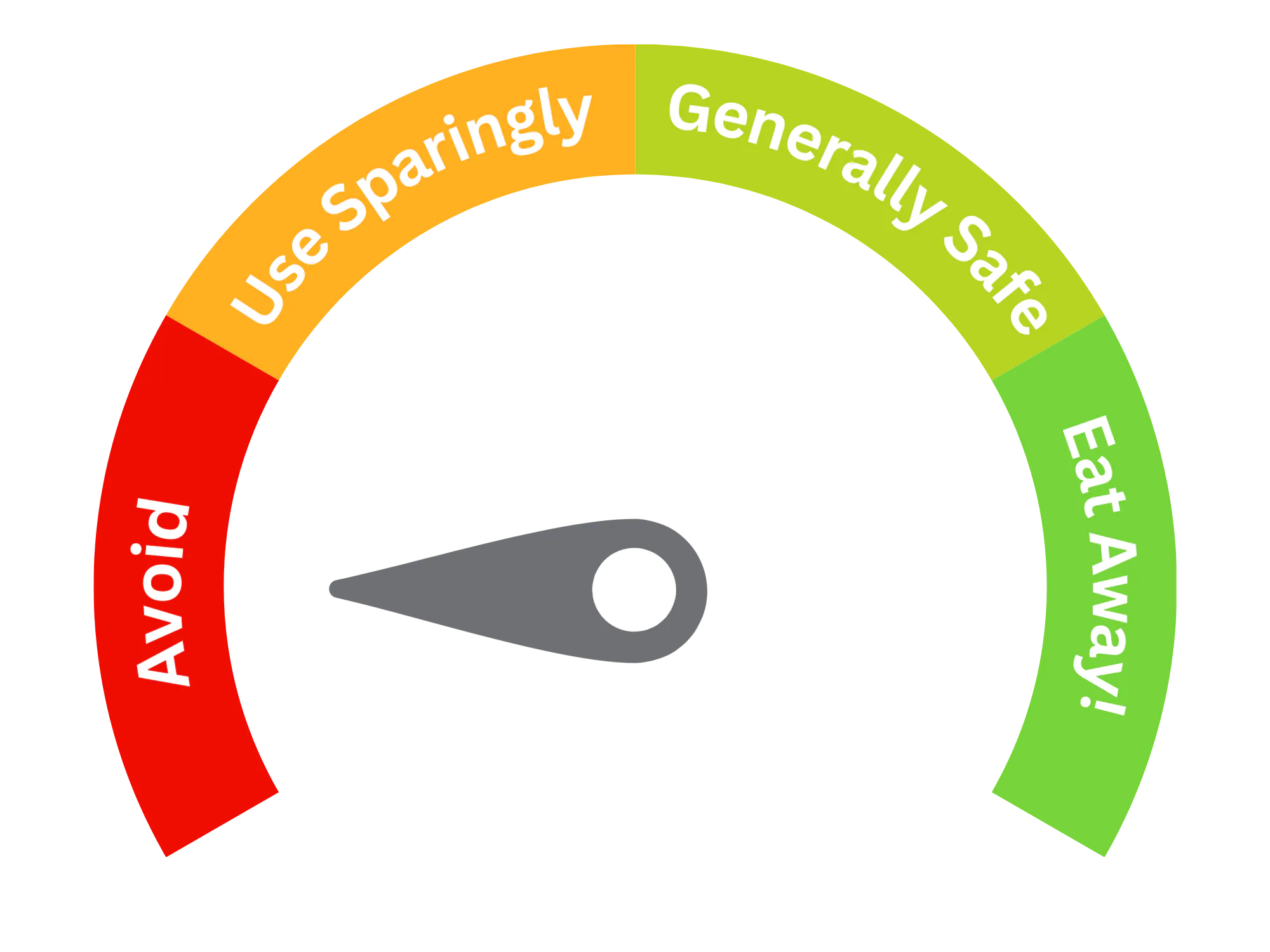Formaldehyde (E240)
| Type of additive (Glossary) | Preservatives |
| E Number | E240 |
| Chemical Formula | CH2O |
| Also Known As | Formol Carbonyl hydride Methanone Oxomethane |

Purpose and Function
Formaldehyde (E240) has historically been used as a preservative because of its strong antimicrobial properties, which inhibit the growth of bacteria, fungi, and other microorganisms. However, due to its toxicity, it is not commonly used in foods today. In the past, it may have been used in:
- Preservation of fish and seafood: To prevent spoilage.
- Disinfection of food contact surfaces: To ensure sanitary conditions.
Due to safety concerns, it is no longer used as a food preservative and is instead used in industrial and laboratory applications.
Potential Risks and Side Effects
Formaldehyde (E240) poses significant health risks that have led to its disuse in the food industry:
- Toxicity: Formaldehyde is highly toxic and can cause serious health problems if ingested, inhaled, or if it comes into contact with skin. It is considered a carcinogen by regulatory authorities.
- Irritation: Exposure to formaldehyde can cause irritation to the eyes, nose, throat, and skin. Ingesting even small amounts can lead to severe gastrointestinal issues.
- Carcinogenic potential: Classified as a human carcinogen by agencies such as the International Agency for Research on Cancer (IARC), formaldehyde exposure is associated with an increased risk of certain cancers.
Because of these significant health risks, Formaldehyde (E240) is not approved for use in food products in most countries, and its presence as a food additive is strictly prohibited.
